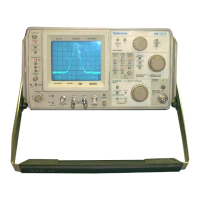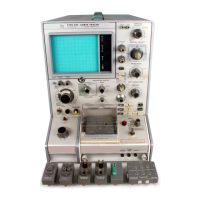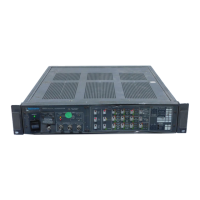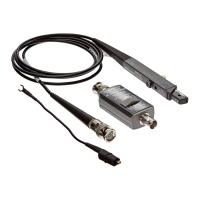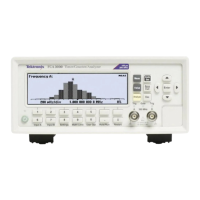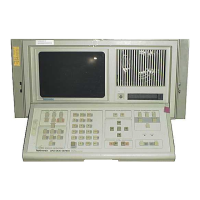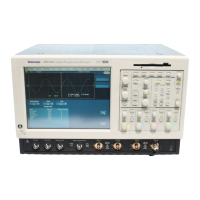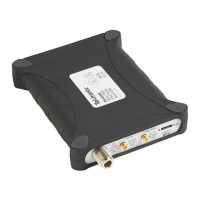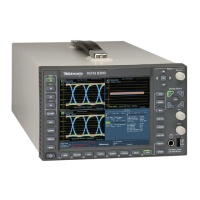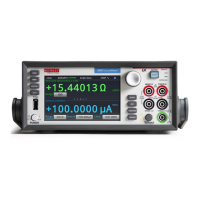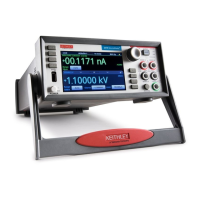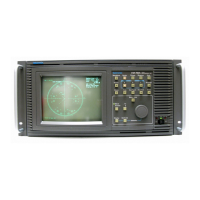
Do you have a question about the Tektronix VM700A and is the answer not in the manual?
| Category | Measuring Instruments |
|---|---|
| Manufacturer | Tektronix |
| Model | VM700A |
| Video Standards | NTSC, PAL, SECAM |
| Frequency Range | DC to 10 MHz |
| Input Impedance | 75 Ohms |
| Display | CRT |
| Power Requirements | 100-240V AC, 50/60 Hz |
| Type | Video Measurement |
| Video Input | Composite, Y/C |
| Video Output | Composite, Y/C |
| Measurement Parameters | Luminance, Chrominance, Signal-to-Noise Ratio |
Contact for application-oriented questions about measurement products.
Contact for product support outside North America.
Contact for general inquiries and operator assistance.
Mailing address for written correspondence with Tektronix.
Describes the VM700A front panel operations and documentation set.
Details the VM700A as a multifunction television test and measurement device.
Lists physical, power, environmental, and remote relay characteristics.
Covers line voltage ranges, power switches, and fuse specifications.
Explains the touch screen, keypad, and operational modes.
Details video loop-through, sync, and RS-232C port connections.
Guides on connecting various printer types to the VM700A.
Provides access to utilities for editing files controlling the VM700A environment.
Explains the file and sub-directory organization for VM700A operations.
Describes how to create new files and delete user-created files.
Details the process of modifying text lines and parameters within files.
Guides on setting the VM700A's internal calendar and clock.
Covers mode introduction, display features, waveform presentation, and graticule.
Details front panel controls like Control Knob, Menu, and operational modes.
Explains Cursors, Sync, Noise, Filters, and Clamp Couple functions.
Guides on using cursors for timing and amplitude measurements.
Describes Vector mode capabilities and the vector display.
Details Control Knob, Menu, and line selection features.
Covers interactive measurements and accessing option measurements.
Aids in input source identification of TV video signals.
Explains mode execution, measurement display, and results.
Covers setting limits, locations, selected measurements, and event times.
Explains self-diagnostic routines, hardware testing, and fault isolation.
Details Low-Level, Individual, and Diagnostic Measurements.
Covers Power-Up, Bypassing, Individual, and Remote diagnostics.
Explains Debug Mode, Serial Port Setup, Shortcuts, and Technical Support.
